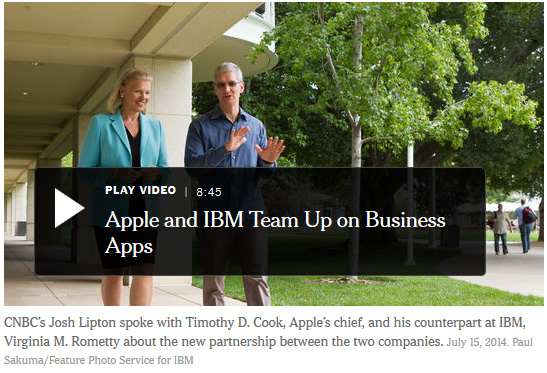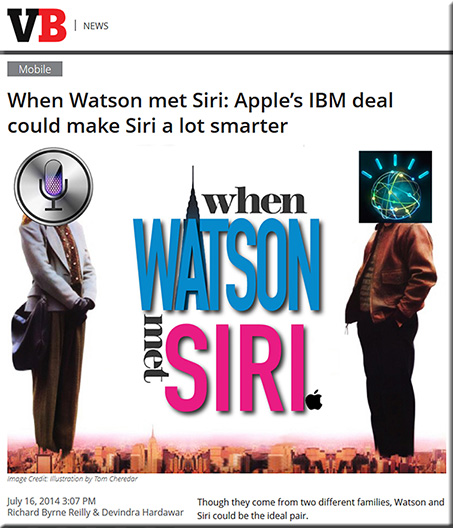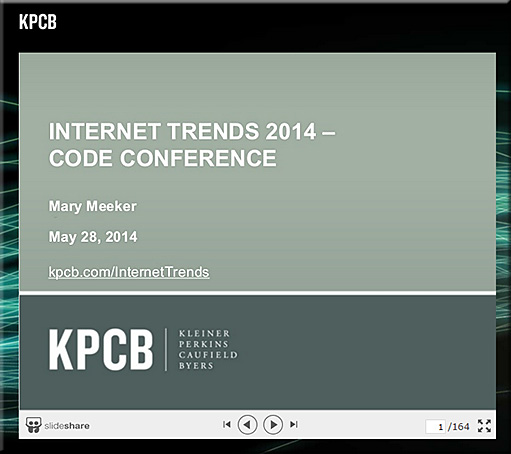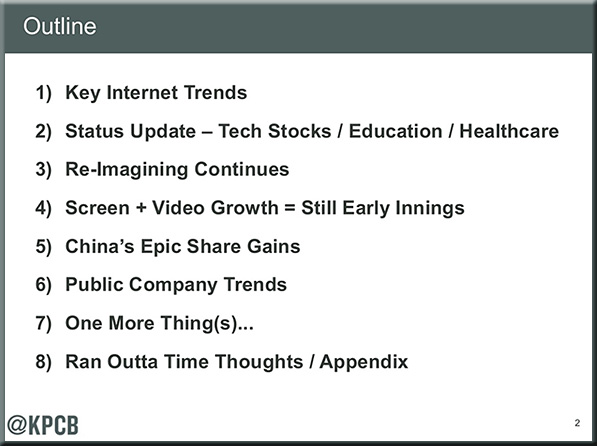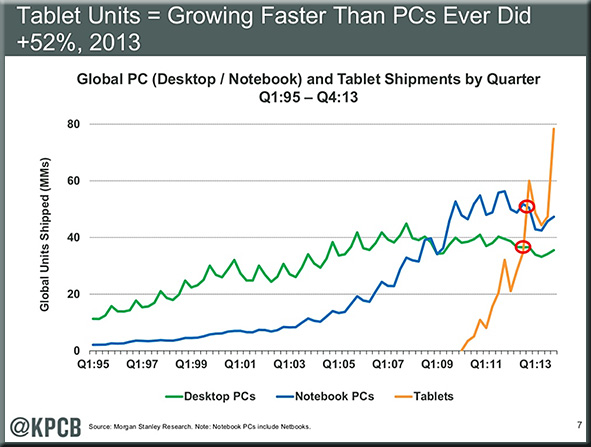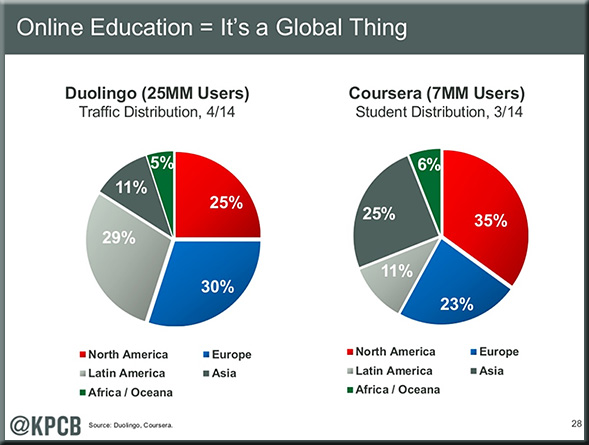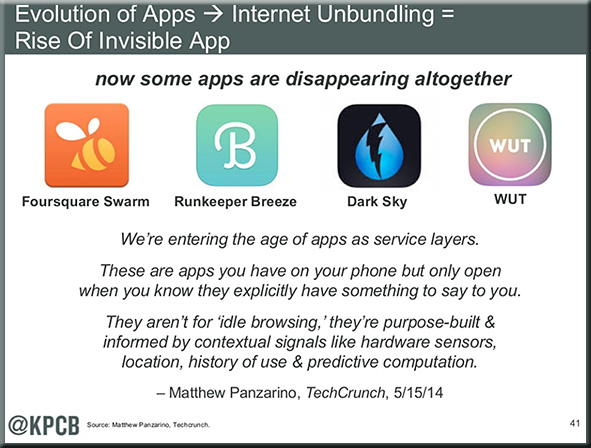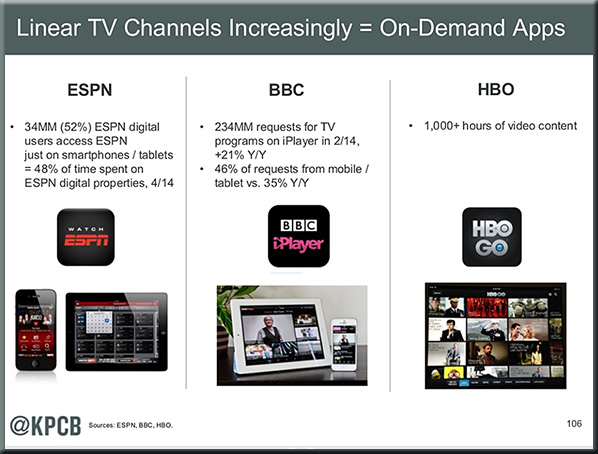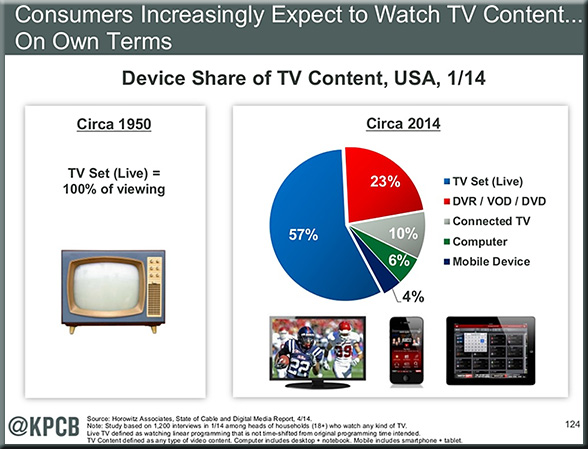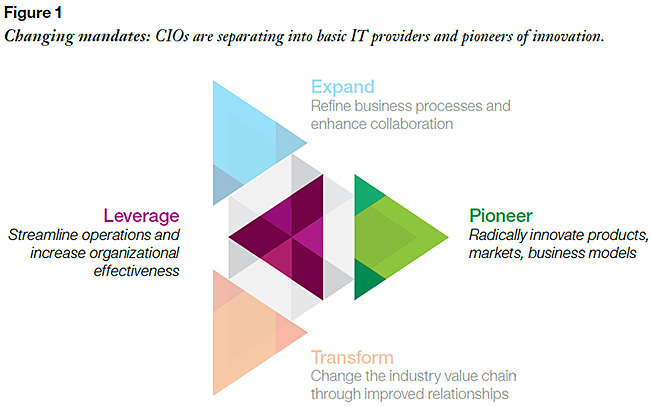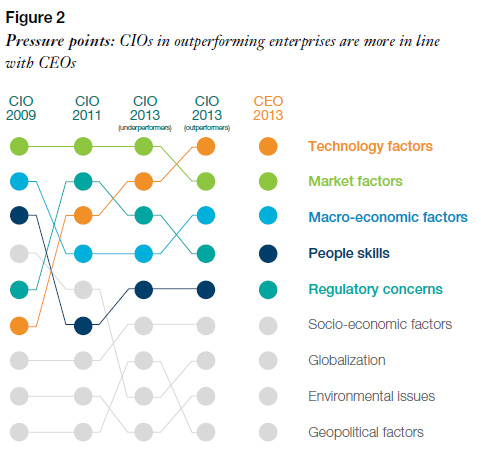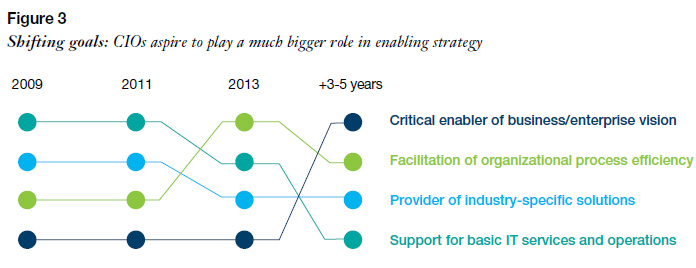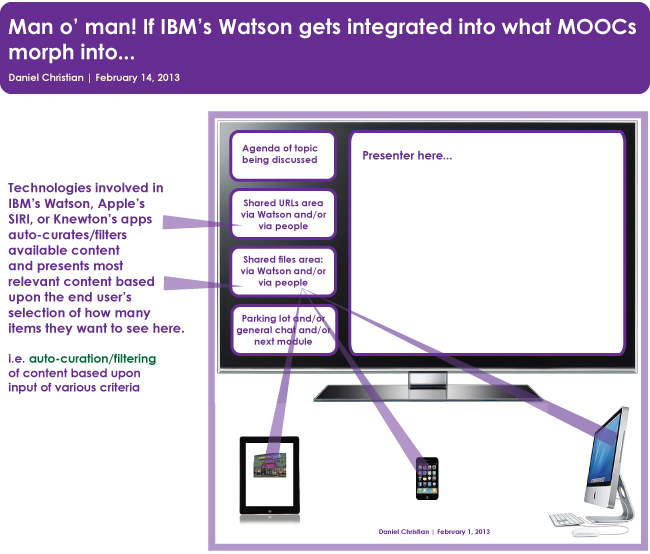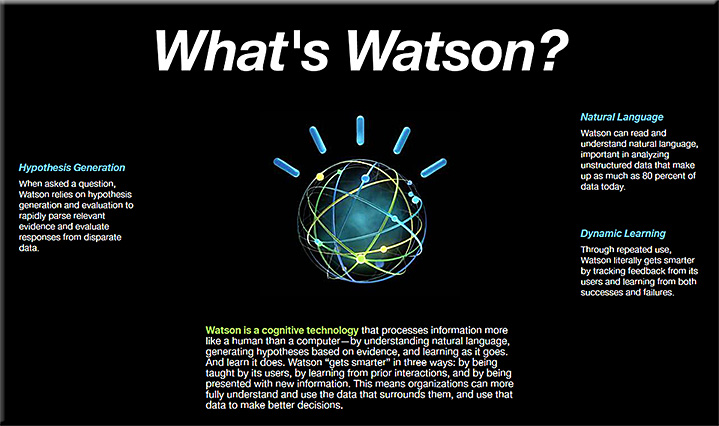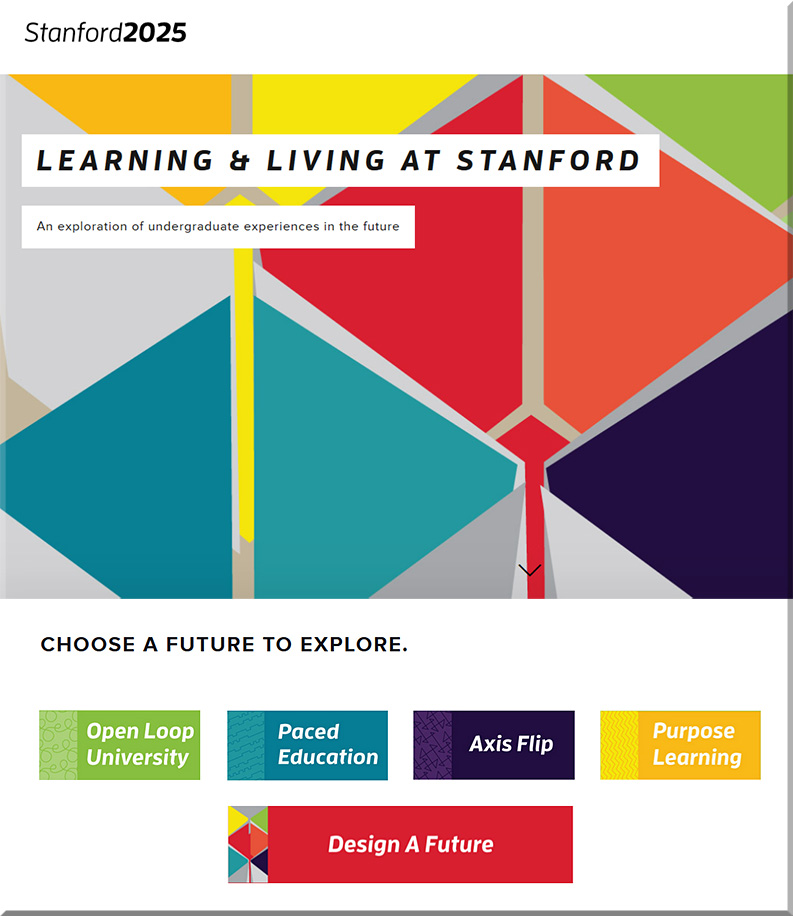
.
NYC students spark innovative ideas to improve higher education, city services using IBM Watson
CUNY and IBM announce winners in Student App Competition
3rd place –Education: Advyzr
A mobile app that would advise undergraduates and college counselors on ideal courses and schedules based on learning preferences, graduation requirements, majors, and career goals. It would seamlessly integrate academic targets and user preferences.
Also see:
Student teams to present final ideas — from baruch.cuny.edu
For CUNY-IBM Watson Case Competition | Watch Videos to Learn More About the Teams and Their Ideas
What if students made a school? — from nextgenlearning.org by Tom Carroll
Excerpts:
What would happen if we trusted students to design their schools? Student voice and choice are core principles of a personalized learning movement that is empowering today’s youth to take responsibility for the knowledge, skills and abilities they need to thrive in college, careers and life.
As new education models grow to support this movement, are we ready to take the next step: asking students to help us customize the staff, space, curriculum, tools, and time they need for deeper learning?
…
Although these competitions took place over a decade ago, the students developed five design concepts that are as relevant today as when they were originally drafted.
- Co-Created Curriculum
- Collaborative Learning
- Commitments from Capable Adults
- Connected Learning – Doing Real Work
- Comfortable, Customizable Learning Space
10 classroom ideas to try in 2015 — from blogs.edweek.org by Jennie Magiera
Karl Kapp “The Case of the Disengaged Learner” #ATDTK — from cammybean.kineo.com by Cammy Bean
These are my liveblogged notes from Karl Kapp’s session at ATD TechKnowledge, happening this week in Las Vegas. Forgive any typos or incoherencies.
Excerpt (emphasis DSC):
Start instruction with ACTION and not objectives. Draw the learner in with action and encourage engagement. Make the learner do something. Have them identify something right away; make a decision right away; answer a question. Give them a complicated problem to solve. Confront a challenge. Create a curiosity gap — something you can do before hand that will raise a question that they want to know the answer to.
Law & Order (the tv) creates open loops — you HAVE to watch to the end to find out what happens. Leave them on a cliffhanger…it pulls you along.
In ID we create a closed loop: “by the end of this module, you will learn…” Instead open with “Do you know the #1 method to close sales in our company. Find out in this module.”
Start with a question that pulls the learner in – this creates an OPEN LOOP that draws them into the instruction. Don’t lead with the objectives (you still need ’em to design your instruction).
Create a challenging experience. Don’t make it frustrating, but create some struggle to get to the answer. Our best experiences are when we have that ah-ha moment, that breakthrough.
…
Add novelty. New and different catches our attention.
Also see Karl’s slides of “The Case of the Disengaged Learner“
Excerpt from Cammy Bean’s posting: David Kelly “Building a Learning Strategy from an Ecosystem of Resources” #ATDTK (emphasis DSC)
So what is a learning and performance ecosystem? It’s an organic entity that evolves over time. It’s finding the resources all around that support performance (not just training!). We’ve got multiple systems in our orgs — in a well-run org, those systems are all connected.
It’s a new mindset for those in L&D and training.
3 predictions for the future of jobs — from agenda.weforum.org by Kristel Van der Elst and Trudi Lan
- A coming age of entrepreneurship:
Advances in technology will make self-generated livelihoods increasingly more viable
- Retire first, work later?
In the future, our work-life duality patterns may change substantially
- The new jobs robots can’t take:
We will soon see a plethora of jobs that currently do not exist
Also see:
Global Strategic Foresight Community – Members’ Perspectives on Global Shifts
As an extension of its own Strategic Foresight practice, the World Economic Forum has established a new community initiative, the Global Strategic Foresight Community (GSFC). A diverse, multistakeholder group, it brings together eminent and forward-looking thought leaders and senior practitioners from leading public, private and civil society organizations. The purpose of the Global Strategic Foresight Community is to provide a peer network to compare and contrast insights as well as to positively shape future-related industry, regional and global agendas. Below you will find information about the members as well as their foresight perspectives on “global shifts”. These shifts concern topics or issues which GSFC members believe should be highlighted now and added to the agendas of the Forum and relevant organizations to inspire constructive action for the future.
From Jobs of the future — from theguardian.com
Example job titles in 2020 — for education
- Online education broker
Tailors a bespoke learning package for the client, dovetailing relevant modules from courses and syllabuses around the world.
- Space tour guide
With Virgin Galactic planning commercial flights from 2011, space tourists will need cosmic enthusiasts to shed light on all that darkness.
What Are the Top Jobs and Skills of the Future? [Infographic] — from youtern.com









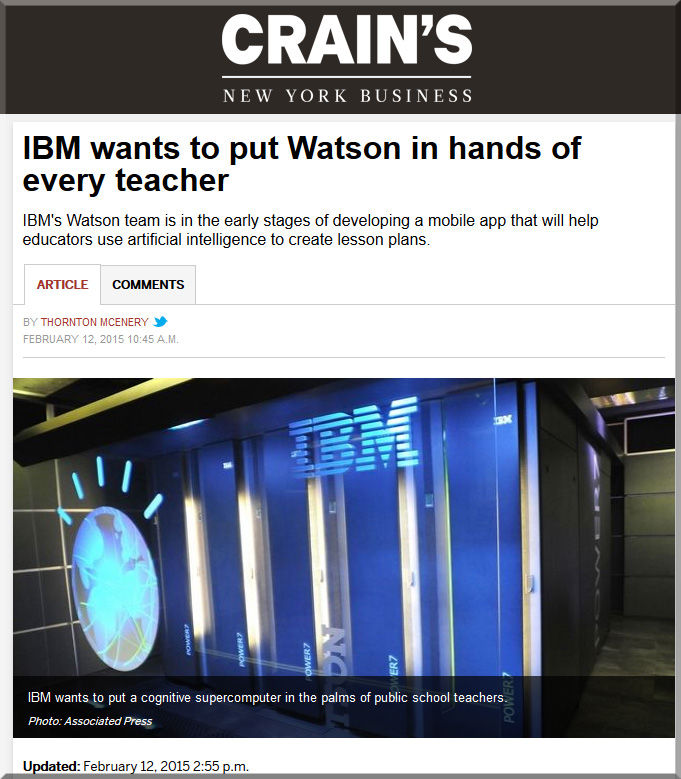
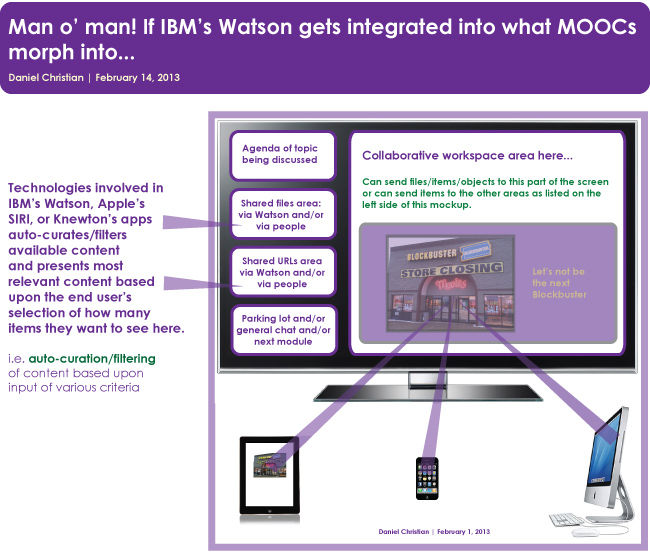

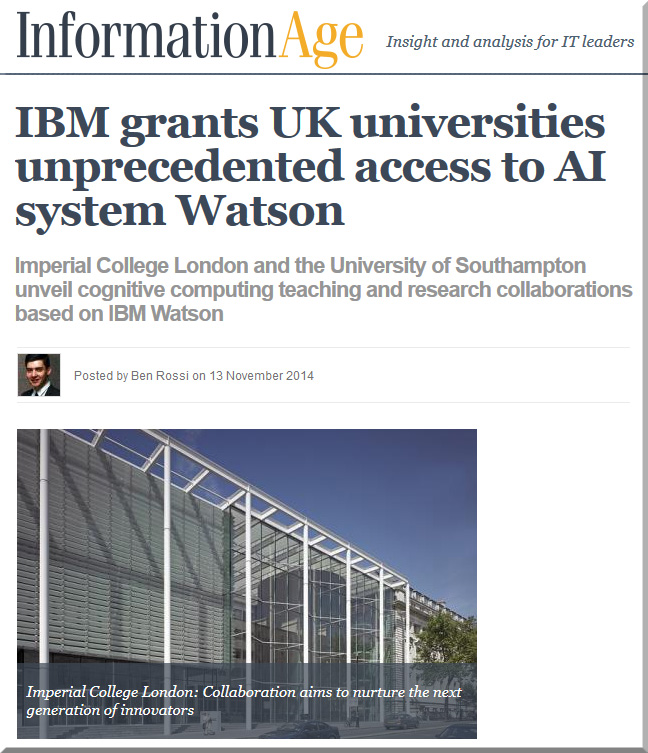
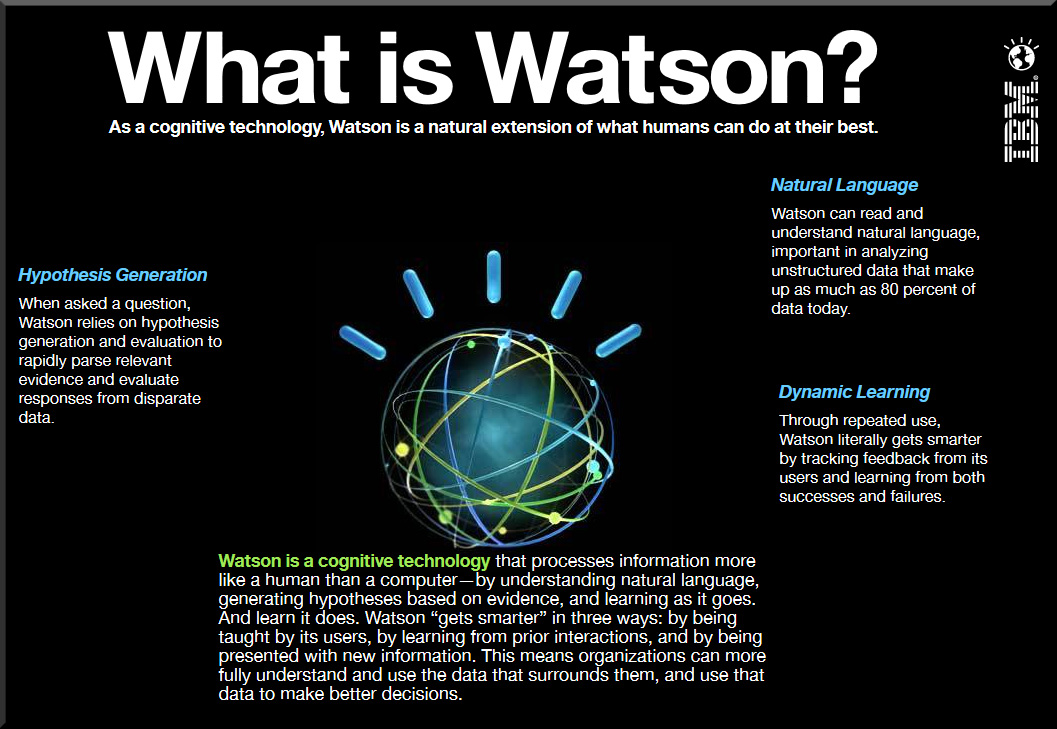
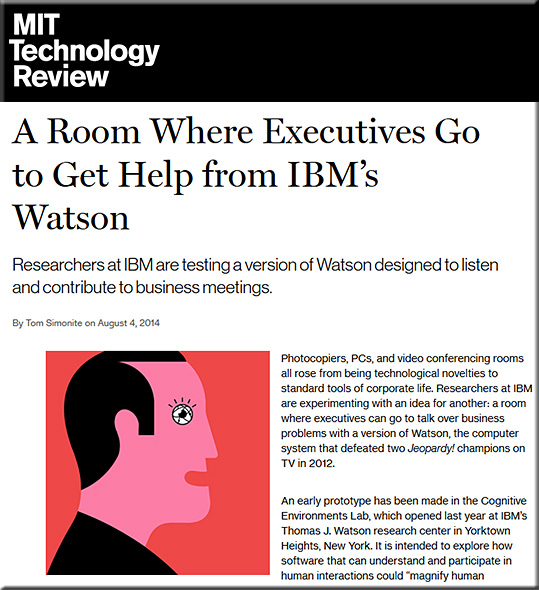
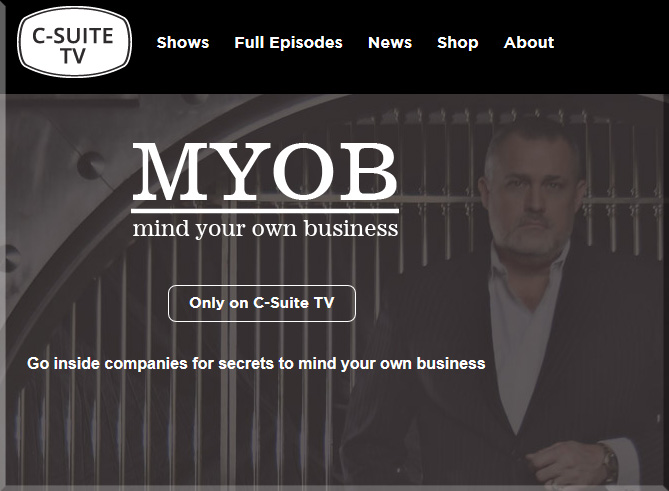
![The Living [Class] Room -- by Daniel Christian -- July 2012 -- a second device used in conjunction with a Smart/Connected TV](http://danielschristian.com/learning-ecosystems/wp-content/uploads/2012/07/The-Living-Class-Room-Daniel-S-Christian-July-2012.jpg)
